Alright, what's up everybody! I've been dm'ing for 5e for YEARS and after beating Baldur's Gate 3 I've found that a lot of party build theory transfers pretty well. So here's my attempt at passing along some of that theory to you!
ahem
PhinaryDivision's (Somewhat) Comprehensive Guide To Party Roles!
So if you've heard anything about what a party in D&D (and therefore Baldur's Gate 3) needs, you've heard about party roles. You will hear things like "You need a healer" and "you need a tank." Or more generally, guides will mention that you need squishy casters, frontline fighters/tanks, and a healer. This is kind of nonsense. Now don't get me wrong, this idea for a party composition will work, but it's not the best. The reason is because this idea misses the key point with dealing with encounters. It focuses on being able to take lots of damage while chipping away at the enemies. Instead, a party should be focused on dealing damage.
The faster you deal with the enemies, the less damage you take.
I present to you the three main roles an efficient party should have (this list is not exhaustive, there are other side roles to fill as well):
Striker:
This is your damage dealer. They should hit hard at a distance or up close. This character (or characters, you can have multiple of each role) should be dealing as big of numbers in damage as possible. Karlach might be able to take a lot of damage, but she has to take significantly less damage if there are less enemies attacking. I'm probably going to make a more expansive guide on each role, but for now I'm just going to give a small list of options for striker type characters:
• Assassin Rogues: early game dealing 20+ damage TWICE before the start of combat, if you get the drop on your enemies. I cannot understate how powerful removing two casters before the start of combat is in tactician mode. This power significantly drops off after level 5, as martials/casters start overtaking in dps pretty significantly at that point.
• Monks: early game flurry of blows is some of the highest dps you can get if all hits connect. Unfortunately, if D&D monks have an issue of higher level abilities being kind of unrelated to each other and so they try to do too much. Monks are really powerful early game, and drop off at higher levels as other classes can specialize better.
• Great Weapon Master Barbarian: I cannot understate this one. Great Weapon Master feat let's you take -5 to the attack roll, to deal an extra +10 to damage. The average damage/hit is around 25-30. ALSO if you kill an enemy (which happens a lot) you can attack one extra time as a bonus action. If you have a caster put haste on this character, you deal OVER 100 DAMAGE/TURN! And if that wasn't enough, barbarians get reckless attack to get advantage for practically free on every hit. The drawback to reckless attack is enemies get advantage to hit you back. Oh no the enemies might hit the BARBARIAN a few extra times. This is what's carrying me through tactician mode right now.
• Great Weapon Master Fighter: While we are on the subject of how powerful the Great Weapon Master feat is, let's talk about the alternate option with it. Fighters have access to one of the most powerful low level buffs in the game: ACTION SURGE. See, most classes are limited in what they can do to one action, but fighters can once per short rest say "ah yes, another action please." If you haste a fighter, they get ANOTHER action. So in a single turn, you can get 3 actions on your fighter character. If you didn't know, at level 11 fighters get 3 attacks per attack action. With the bonus action attack as well from Great Weapon Master, that means 10 attacks in one turn. If all connect, that is an average of 250 DAMAGE. There are bosses in the game that I don't know what they do, because THEY DIDN'T GET A TURN I KILLED THEM TOO FAST
• Sharpshooter Fighter: Okay so Great Weapon Master is powerful and all, but it's limited by being melee attacks. Guess what? There's a comparably powerful feat for RANGED attacks. It let's you take -5 to attack to get +10 to damage on a RANGED attack! And guess what, fighters get a fighting style that gives +2 to hit, so REALLY in the end you have a -3 not a -5. Drop candle, dip fire, AND LET LOOSE.
• Paladin/Sorcerer or Paladin/Bard: Paladins are the definition of high single target damage. Paladins do not have spell slots, they have smite slots. The biggest drawback to a paladin is how few smite slots they get. Guess what? You can make up for that by multiclassing into a charisma caster like sorcerer or bard. Sure, you can get some spells you can use with them and stuff, but all those extra spell slots are probably going into SMITE. Fair warning, if you go down this route you may be horrified by how large of damage numbers you will see.
Control:
This is your board control character. This character doesn't care about dealing damage. The entire point of this character is to funnel enemies into your striker, turning your party into an enemy blending machine. Casting wall spells, sleep, web, and the like in order to make the droves of enemies coming at you come a little slower. This is the difference between winning and losing an encounter in tactician mode.
• Wizard: This is the "poster-boy" of this role. I could (and probably will) make a whole guide on how wizards work best in a party. Wizards aren't as good for dealing damage, as sorcerers and warlocks quickly overtake wizards in that regard. Wizards are FAR better with board control spells. Early game dropping the sleep spell can turn a combat from overwhelming to completely manageable. Through spell scrolls, wizards have access to just about every spell in the game, so you put all the wall spells on them. And web. If there's a choke-point that enemies are funneled through and you have a web spell dropped there with your ranged strikers looking at it, that battle will be more one-sided than the Battle of Agincourt.
• Sorcerer: Has access to a lot of the good control spells, at the trade off of some of the better utility spells. Draconic bloodline sorcerers are usually pretty beefy, so this is a good in between if you want a control character that is tougher than a wizard.
• Thief Rogue: This is the goofiest build I've seen yet. Thief rogues get a second bonus action. Shove is a bonus action. You make a high strength rogue with athletics and they go around pushing enemies. Bonus points if there is a cliff nearby, because they can get some massive kill rates.
• Warlock w/ Repelling Blast: Warlocks get a free shove on hitting enemies with* eldritch blast*. That is POWERFUL. "Oh no, my wizard on the other side of the battlefield is stuck in melee with a big scary enemy! If only I had some way to SHOVE THAT ENEMY AWAY FROM THE WIZARD FROM A MILE AWAY." Also repelling blast pushing into a cloud of daggers/*wall of fire *is wild damage.
Utility:
This is the "everything else" character. They clean up all the other details in combat that need handled. Buffs/healing/throwing potions/knock spell (the best spell in the game /s). This characters priority is being the best at whatever else you need handled in the party.
• Cleric: Clerics have access to some of the best buff spells in the game. They also have access to the sanctuary spell, which is INCREDIBLY POWERFUL. Sanctuary makes it to where enemies cannot hit the target of the spell until the target deals damage. WELL LET ME TELL YOU MY UTILITY CASTERS NEVER DEALS DAMAGE SO THEY AREN'T ALLOWED TO BE ATTACKED NOW. If your are coming from D&D, please take another look at sanctuary as it got a MASSIVE upgrade. Okay soap box about the wonders of the sanctuary spell aside, some honorable mentions for buffs clerics have access to include bless, guidance, and enhance ability. Shield of Faith is good if you have a high AC character, as impacts of AC increases dramatically the more you have of it. Also a quick addition, I realized I forgot to mention warding bond. This allows your cleric to split the damage a fighter takes. Wickedly powerful, making your striker a bit tankier since your sanctuaried cleric won't be taking damage anyway.
• Bard: Bard does this really well in combat for buffs. They can give out inspiration to make your strikers hit more often, they can give heroism to prevent fear (fear on a striker is BAD), and they can (if need be) heal. Also with their level 6 ability, they get to pick 2 spells from ANY spell list. The real power of a bard is with counterspell. See, with counterspell there is a roll to see if it the spell is successfully countered. Normally the roll just adds your ability score modifier. But guess what? Bard gets to add Jack of All Trades to that, making them the best counterspell experts IN THE GAME. Being able to shut down enemy casters cannot be understated.
• Wizard: "Wait, PhinaryDivision, I thought you said wizard was the "poster-boy" of the control class? Why is it here?" I can hear you saying. Well the wizard class is also THE utility caster. Because spell scrolls of any type can be learned by a wizard, they have access to the largest pool of utility spells at one time. Need heroism? Got it. Need knock? Got it. Need sanctuary? GOT IT. Look, wizards are great and I'm not gonna understate how useful they are. Down side is, of course, being a great control option and a great utility option, they burn through spell slots like no tomorrow if you aren't careful. Again I say, I could make a whole guide on wizards. Actually, scratch that, I am going to make a whole guide on wizards at some point.
• Sorcerer: Now, if you read the striker section, you noticed I mentioned haste a couple of times. I LOVE that spell. In normal D&D it gives you one extra weapon attack, but in Baldur's Gate it gives you a full attack action. This means it just straight up DOUBLES a strikers damage output. Now here's why I put sorcerer here. Using metamagic they can twincast haste. That is double haste, so two hasted strikers. Let me tell you, when two strikers get hasted, DOOM music starts playing.
Bonus Round! Mix and Match:
Okay so these roles are not set in stone. I kind of got ahead of myself with wizards being in control and utility, but some characters can do really well in multiple options at the same time. Here are some examples:
• Wizard, Control/Utility: I already covered this one pretty at length, but wizards do control and utility both REALLY well. Biggest drawback is how quickly you will find spell slots just disappear.
• Warlock, Striker/Control: Warlocks have access to wall of fire, cloud of daggers, and repelling blast, which does WONDERS for board control. But they also just do AWESOME damage. They have access to the spell hex. Now hex adds an additional 1d6 necrotic damage per ATTACK. Level 9 warlocks get 5th level spell slots and have access to scorching ray (if you are pact of the fiend). A level 5 scorching ray fires 6 rays of 2d6 damage each normally. Well guess what, with hex it's now 3d6/ray. With an average 10.5 damage per ray and 6 rays, the total comes out to a TON.
• Sorcerer, Striker/Control/Utility: They can kind of do a lot of everything. Sorcerers do some of the best damage with spells, and are able to face tank a TON (compared to a wizard) if you go draconic bloodline. They also have access to the good board control spells like wall of fire and cloud of daggers. They also have access to SOME utility spells. Look, sorcerers don't make good utility casters but it's an option if you want.
Bonus Bonus Round! Extra Roles for a Party:
So here's where I'm going to talk about some of the extra things you may want party members to do. I mentioned earlier that the roles Striker, Control, and Utility were non-exhaustive and here is some of the rest of the roles that you can do. Unlike the big 3 roles, these are not mandatory. So here you go:
• Tank: Alright, you got me. A party tank IS a role, it's just not as important as some guides will have you think. The reason is because in Baldur's Gate 3, the enemies don't care that your barbarian is a tank optimized to take ALL THE DAMAGE. They will run right around them to go straight at the squishies. It doesn't matter if you have a tank if the tank is the only one standing. Especially if they don't deal enough damage to win the encounter when they are the last one standing.
• Healer: sigh, yes you can have a healer too. If you can't tell, I'm mildly disappointed with this one. It's well known in D&D circles that healing in D&D is, well, not the best. A level one cure wounds heals less than a what a crossbow bolt deals in damage. So I assumed I wouldn't have a healer in my party. It is my shame that I must admit that my utility caster doubled as a healer and it worked kind of well. It feels more like duct tape to get through an encounter than actually optimizing my party. I should also note that the utility caster/healer combo only got me through balanced difficulty and very quickly did not work as well in tactician. It burns through too many resources.
• Face: This one is not necessary, but nice to have. A party "face" is your high charisma persuasion/deception/intimidation character. In Baldur's Gate 3 single player, if you want one they should be your main character as that's who is in dialogue all the time. If not, I still recommend having one for buying at stores. Shop prices change based on your character's charisma. Unsurprisingly, if you have a charisma caster (bard/warlock/sorcerer), then you can talk to all the shopkeeps with them and get a bit more gold.
• Sneak: This is your lockpicking rogue expert. They are pretty good in tactician for scouting out areas to prepare for an upcoming encounter. The probably with using them for lockpicking is that you don't need them. This is one of the goofier things you can do in the game, but instead of lockpicking a chest, you can just have your barbarian pick up the chest and take it to camp. Then, before you finish your long rest, have your caster cast knock on the chest.
• AoE striker: I can summarize this role in one word: fireball. This is your warlock/sorcerer that saw the term board control and went, "ah yes, to control the board one must destroy everything on the board in one spell."
Bringing it all together
This post has already been WAY longer than I originally intended, so I will make a more expansive guide on full party compositions. I will go into some basic compositions that I've played around with in tactician that seem to be working pretty well:
• DOOM MUSIC SQUAD (Striker, Striker, Striker, and Striker): Yeah, so with how encounters work in this game, you don't need to worry about most things if you are fast enough to just kill everything before it gets a turn. This comes with a REALLY big drawback in that you are just punchy punchy. Enemies that cause fear, immobility, or any other big debuff can't be countered easily. Your only option is to just murder the enemy casters before they get a turn. In other words, crank that DOOM music on max and RIP AND TEAR.
• Balanced Offensive (Striker, Striker/Tank, Striker/Control, Utility): This is what got me through balanced rather handily. Most encounters were done in one, sometimes two, rounds. Not as much immediate damage as the DOOM MUSIC SQUAD, but still deals an incredibly amount of damage. I was handily fighting encounters that I was clearly NOT supposed to be winning.
• MC-chan + friends (Striker/Tank, Control/Utility, Utility/Heal, Utility): This is the goofiest party composition I've tried yet. You have one striker and 3 utility casters. Every utility caster MUST have sanctuary, otherwise they will die quickly. You have one striker character that you put every buff possible on. You then out-heal the damage they take as they take all the credit for the encounter.
• Control Your Destiny (Striker/Tank, Striker/Control, Control, Control/Utility): For those that want to really construct a blender, you build a full funnel into your strikers.
TL;DR: A party should focus on dealing as much damage as quickly as possible, with three main roles in the party being your damage dealer (striker), board control (control), and buffs/everything else (utility).



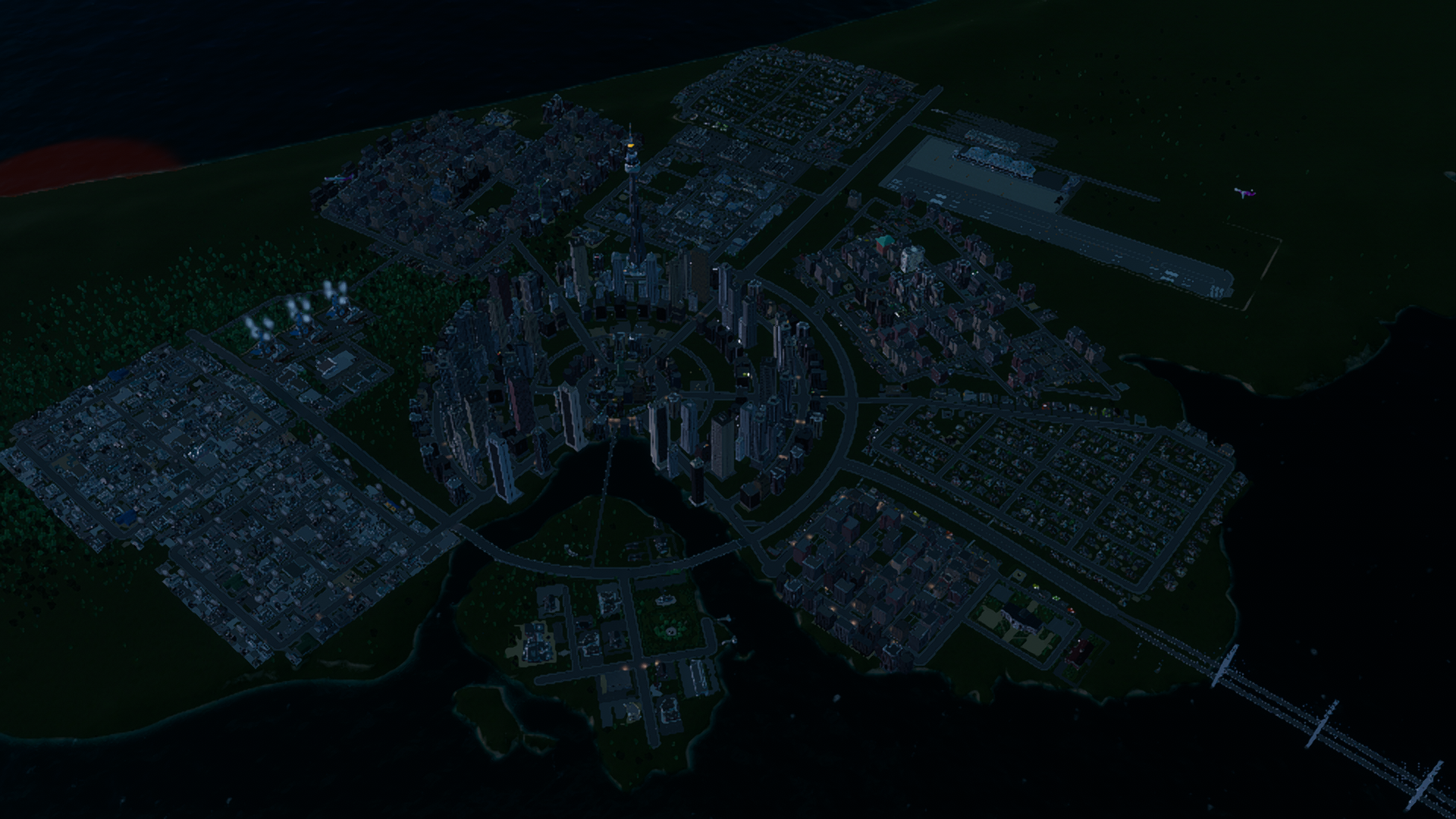


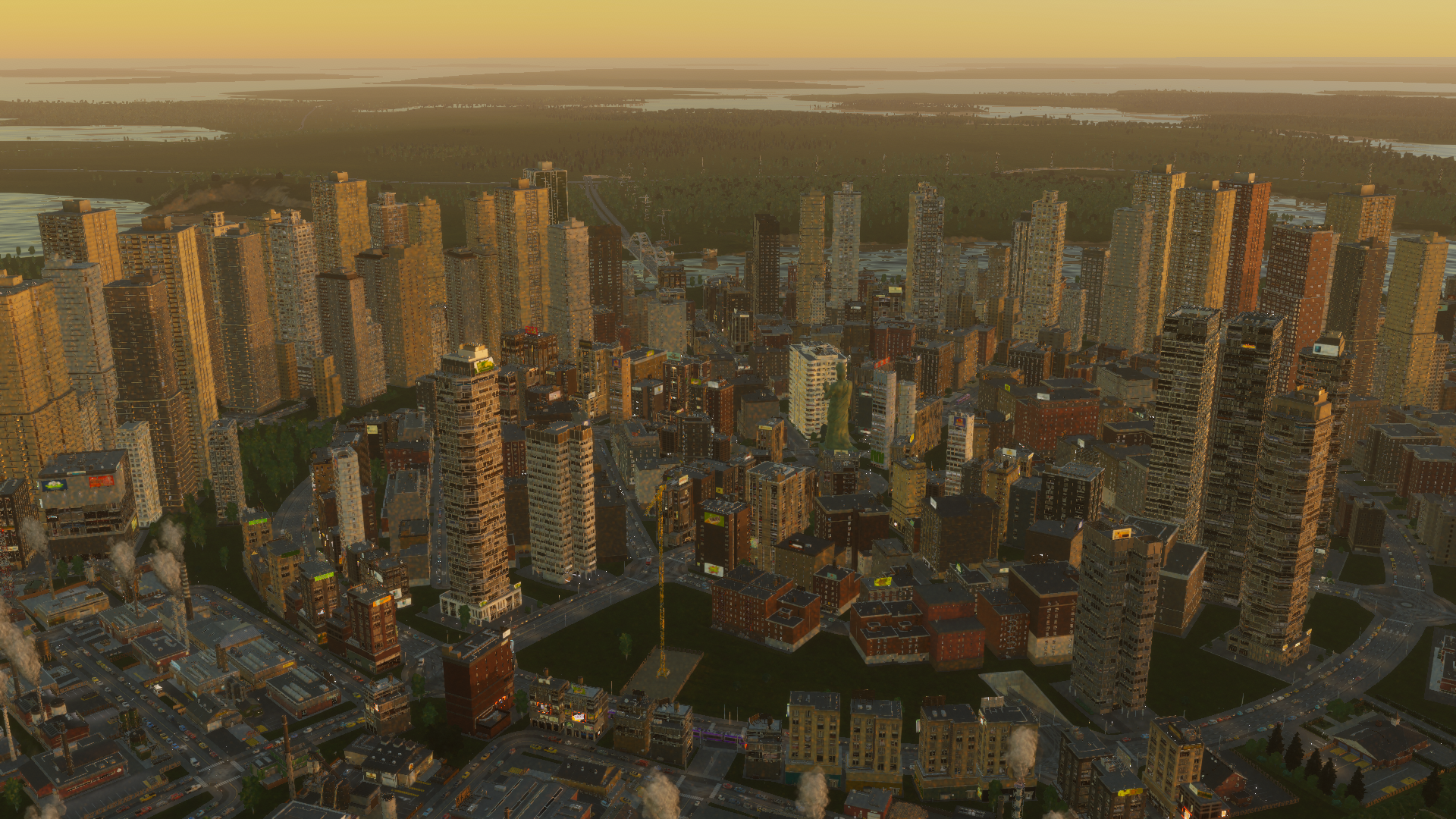

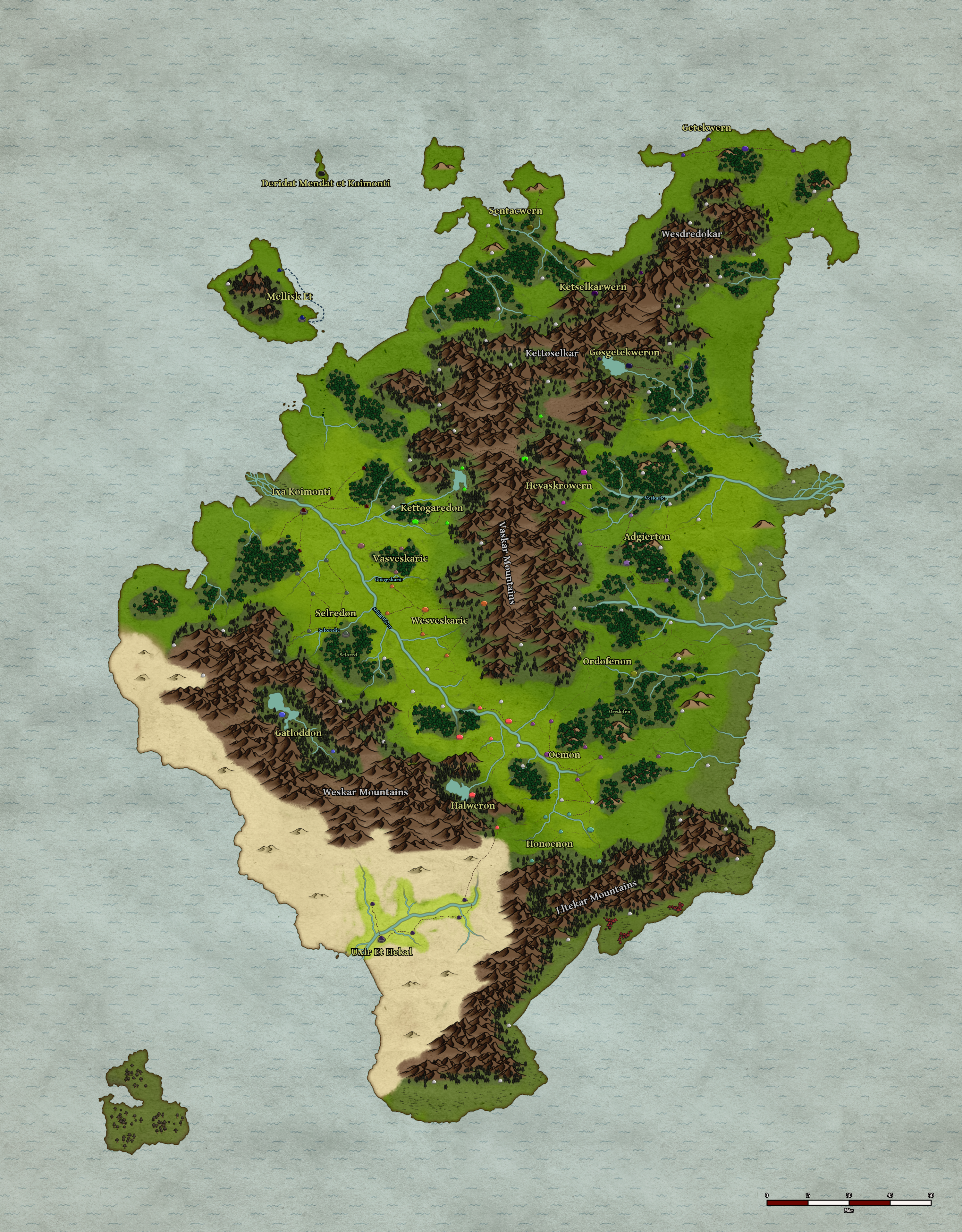
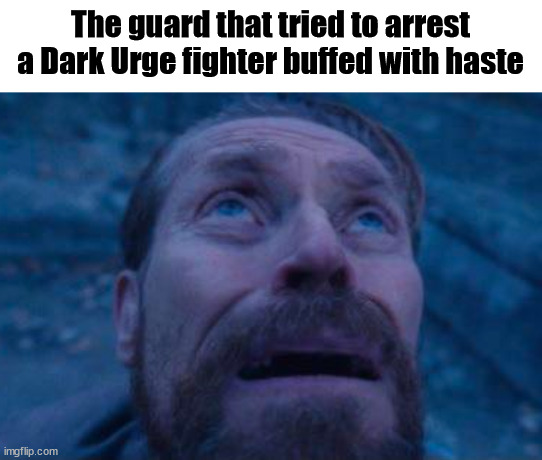
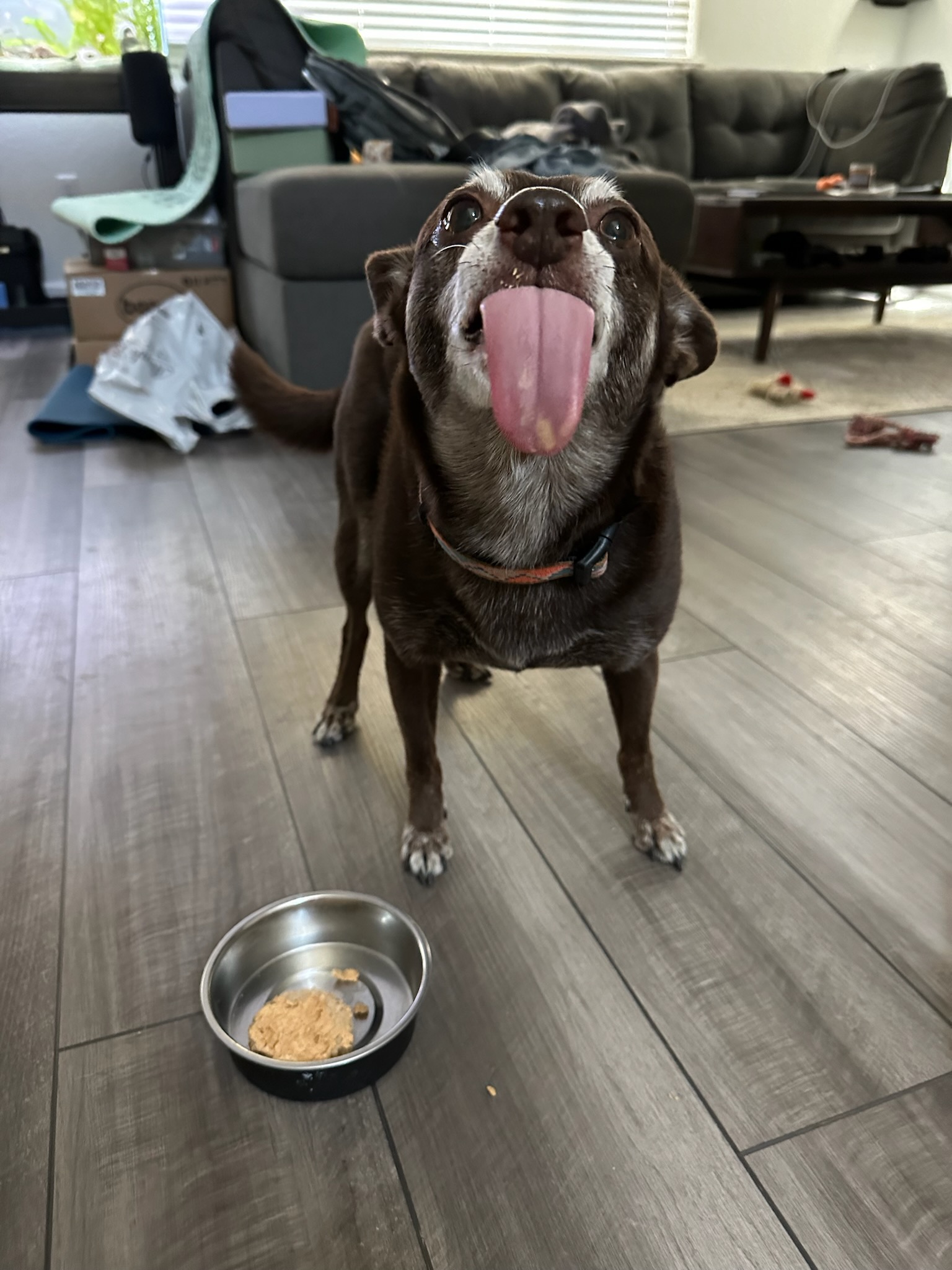
Hearing Farscape be called niche hurts me deep